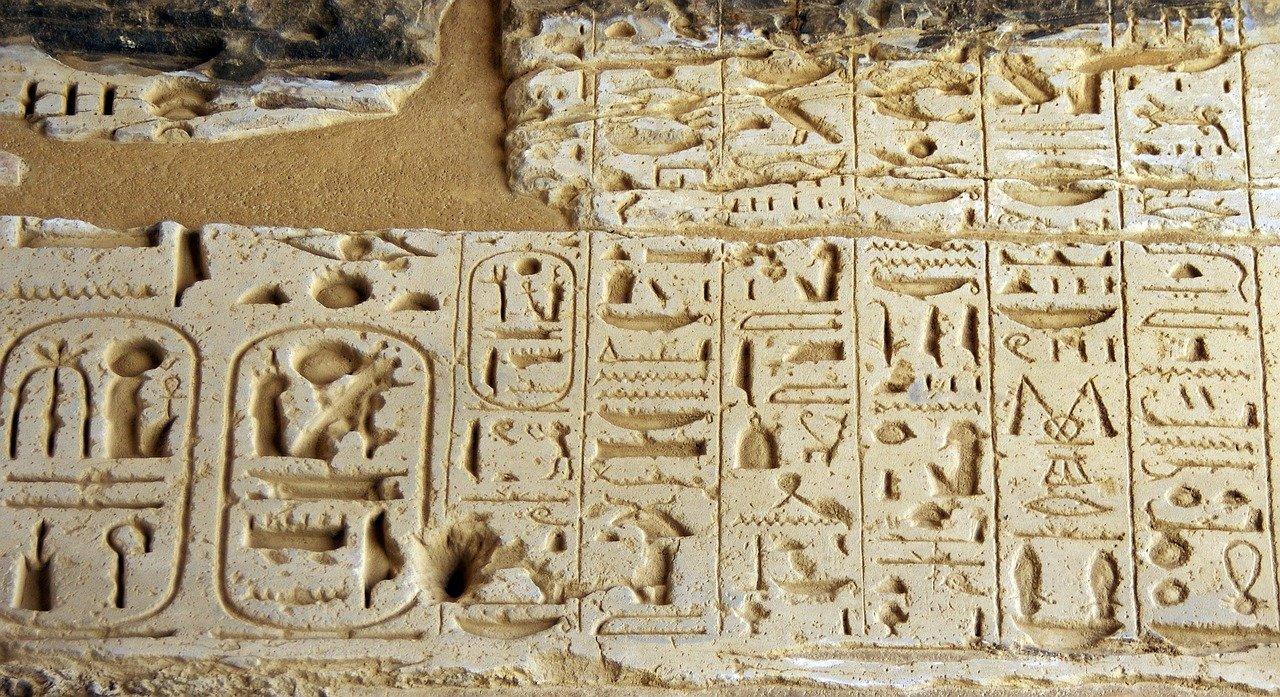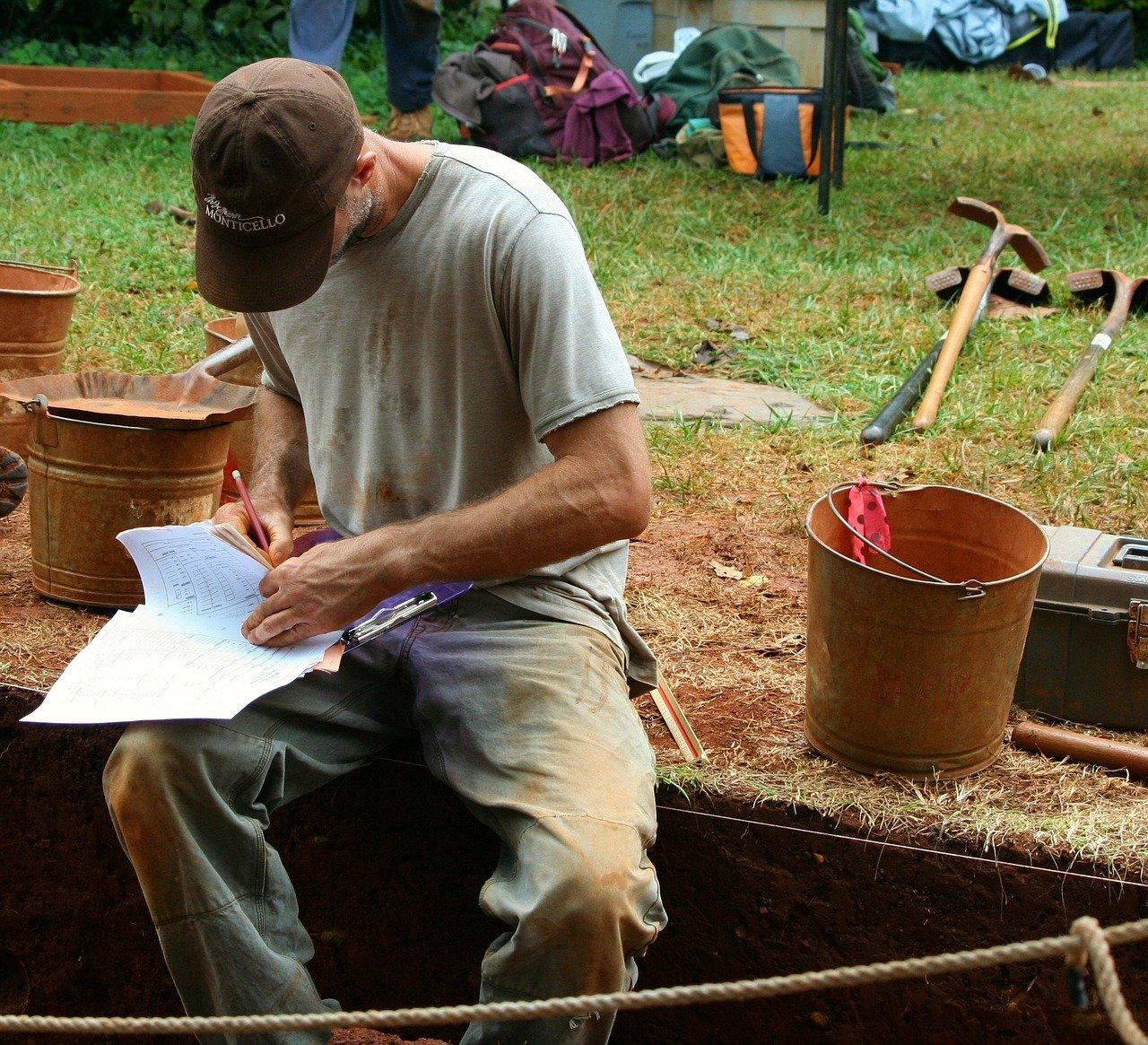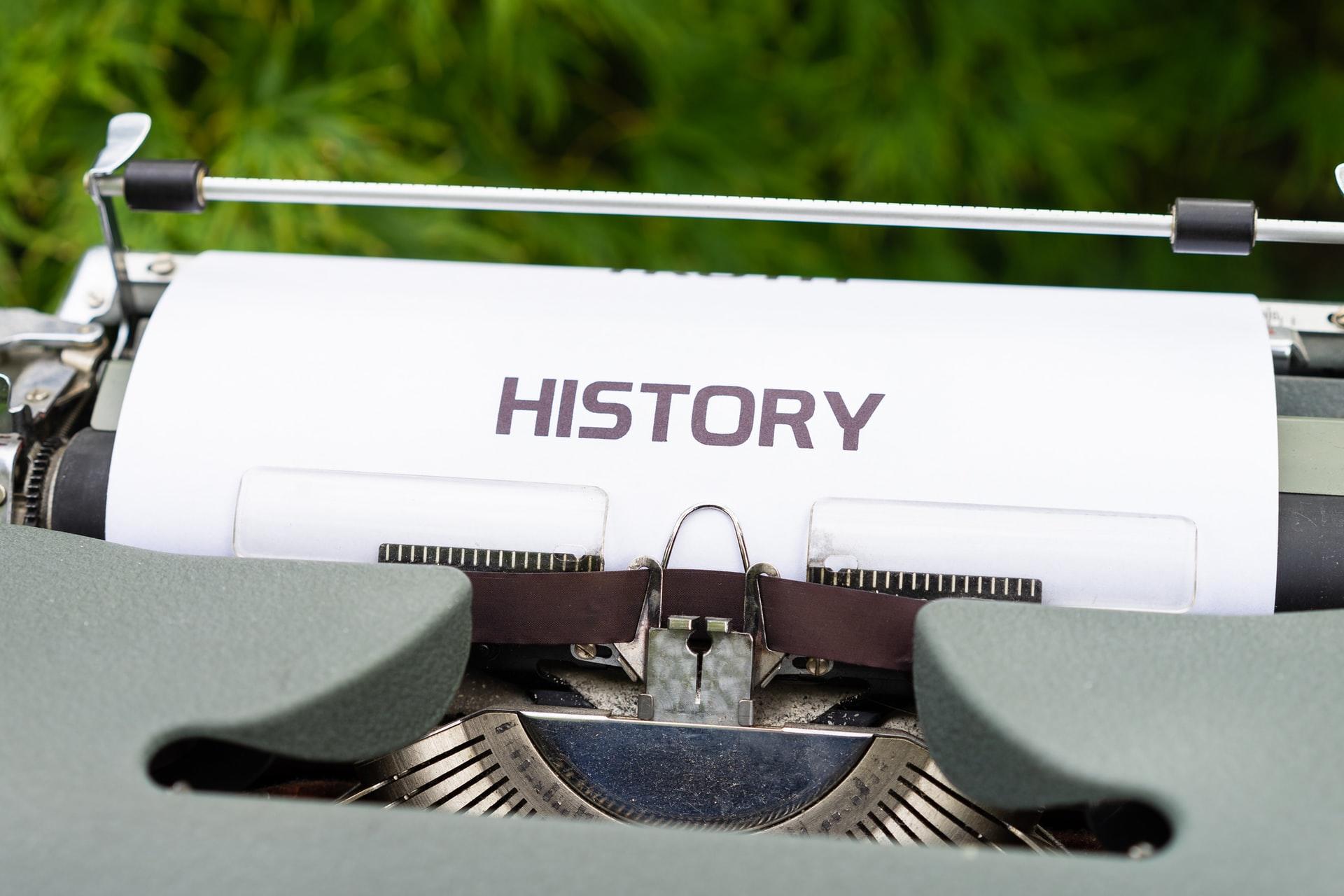In this article, we are going to take a look at the breakdown of Strand One - The Nature of History. Which is part of your three-year junior cycle history course. The course also includes:
- Strand Two - The History of Ireland
- Strand Three - The History of Europe and The Wider World
- Multiple Assessments - All assessments for junior cycle history are graded at a common level. There are a total of four assessments (2 classroom-based assessments, 1 assessment task and of course 1 state exam.)
"Those who have no record of what their forebears have accomplished lose the inspiration which comes from the teaching of biography and history."
Carter G. Woodson

Elements of Junior Cycle History Strand 1
There are three elements in Strand one of junior cycle history, and they are as follows:
- Developing Historical Consciousness - Being historically conscious means that you will acquire a distinctive way of seeing the world and your place in it from a historical perspective.
- Working with evidence - This element relates to the fundamental role of evidence in enabling students to understand the past. Students will explore the nature of source evidence and make judgements about the usefulness and limitations of different types of evidence. Students will learn to appreciate the provisional nature of historical judgements and notice that such judgements may need to be revised in the light of new evidence.
- Acquiring the ‘big picture’ - The notion of the ‘big picture’ relates to the idea of a usable historical framework that allows students to see the past in a broad global context. A ‘big picture’ framework helps students to see significant patterns of change over time. As students learn, they can place their new knowledge and understanding in this framework, extending it and deepening it as they continue to ask questions of the past and acquire new knowledge and understanding. The ‘big picture also allows for students to deepen their chronological understanding and to appreciate how history is characterised by ‘eras’ or ‘ages’ of change.

Once developing historical consciousness students should be able to:
- Develop a sense of historical empathy by viewing people, issues and events encountered in their study of the past in their historical context
- Consider contentious or controversial issues in history from more than one perspective and discuss the historical roots of a contentious or controversial issue or theme in the contemporary world
- Appreciate their cultural inheritance through recognising historically significant places and buildings and discussing why historical personalities, events and issues are commemorated
After working with the evidence students should be able to:
- Investigate the job of the historian, including how s/he finds and uses evidence to form historical judgements which may be revised and reinterpreted in the light of new evidence.
- Debate the usefulness and limitations of different types of primary and secondary sources of historical evidence, such as written, visual, aural, oral and tactile evidence; and appreciate the contribution of archaeology and new technology to historical enquiry.
Once they start Acquiring the ‘big picture’ students should be able to:
- Demonstrate awareness of the significance of the history of Ireland and of Europe and the wider world across various dimensions, including political, social, economic, religious, cultural and scientific dimensions.
- Demonstrate chronological awareness by creating and maintaining timelines to locate personalities, issues and events in their appropriate historical eras.
- Make connections and comparisons between people, issues and events in different places and historical eras.

What is A Historian's Work?
The world is constantly evolving, and historians play an important role in synthesizing and recording the events of the past. Their efforts make it possible for individuals and societies to learn from history in order to chart a better course for the future. The main job of a historian is to research, analyze, interpret, and write about the past by studying historical documents and sources.
Some of the duties carried out by a historian include:
- Gather historical data from various sources, including archives, books, and artefacts.
- Trace historical developments in a particular field.
- Write reports, articles, and books on findings and theories.
- Analyze and interpret historical information to determine its authenticity and significance.
Historians devote their careers to studying notable past events, such as military conflicts, political milestones, and social movements. These professionals work in universities and other educational settings, as well as for the various public, private and nonprofit organizations.
Some historians even work for the government. By comparing past and current events, historians can create a valuable commentary about current affairs, potentially allowing them to predict what events might transpire in the future. For example, by studying the economic history of a country that is facing a recession, economic historians can pinpoint the potential causes of that recession. By sharing their insights, they can help the country recover and help other societies around the world avoid making similar mistakes.

Archaeology - Contribution to Historical Enquiry
Let's start off by asking what is an archaeologist? Put simply an archaeologist is a person who studies human history and prehistory through the excavation of sites and the analysis of artefacts and other physical remains. Most archaeologists focus on a particular region of the world or a specific topic of study. Specialization allows an archaeologist to develop expertise on a particular issue. Some archaeologists study human remains (bioarchaeology), animals (zooarchaeology), ancient plants (paleoethnobotany), stone tools (lithics), etc...
An archaeologist’s work begins with finding a site to study. Some archaeological sites, such as ancient cities, are visible on the surface. Other sites are buried deep beneath the ground. After finding a site, an archaeologist digs slowly and carefully. This work is called excavation, or a “dig.” Then archaeologists study the objects. They want to know when an artefact was made, what it was made from, and what it was used for.
Difference Between a Historian and an Archaeologist
The difference between historians and archaeologists mainly stems from their two respective fields, history and archaeology. History is the study of the past, and it is studied or analyzed through written records of the past. Archaeology is also a study of the past, but it is done through the excavation of sites and the analysis of artefacts and other physical remains.
Historian researches the history from the written documents and the information can be primary or secondary. An archaeologist collects the information from the lifestyle of our predecessors, by discovering and analyzing their societies and the remainders of specific periods in particular areas and times. The historian collects information through different sources that depend upon the time of recordings like print media, handwritten information, on leaves and, stones. An archaeologist studies history through the remains of physical things, patterns of their houses, the ruination of buildings, and samples of artefacts like weapons, coins, jewellery, and pots, etc...
They both study history, but through different perspectives; historians study history through documented evidence whereas archaeologists study history through physical evidence. This is the main difference between historians and archeologists.
RTÉ has documentaries and articles online and on the player which correspond with the Junior Cycle and Leaving Cert History Strands, some of the documentaries even include archaeological findings from across Ireland and research by Irish historians.















